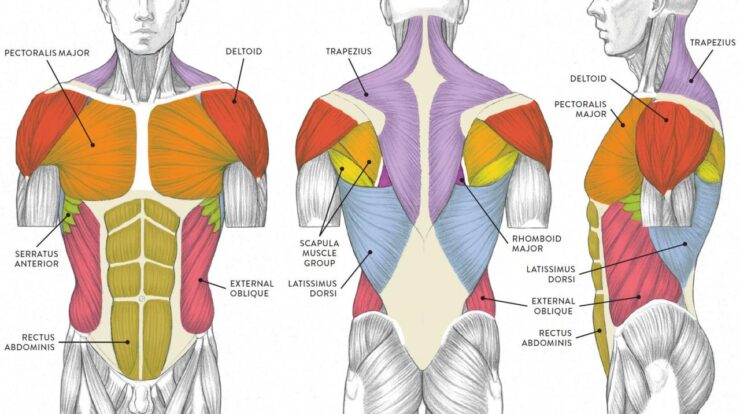Tornadoes in Nebraska today are a prevalent concern, with the state experiencing frequent and severe storms. Understanding their history, causes, and safety measures is crucial for residents’ well-being.
Nebraska has a long history of tornadoes, with notable events including the 1950 Omaha tornado and the 2019 Pilger tornado. These storms have caused significant damage and loss of life.
Tornado History in Nebraska
Nebraska has a long and well-documented history of tornadoes. The state is located in the central United States, in the region known as Tornado Alley. This area is characterized by frequent and severe thunderstorms, which can produce tornadoes.
According to the National Weather Service, Nebraska averages about 50 tornadoes per year. These tornadoes can range in intensity from weak (EF0) to strong (EF5). Some of the most notable tornadoes in Nebraska history include the Omaha tornado of 1913, which killed 117 people, and the Hallam tornado of 2004, which killed 10 people.
Causes and Formation of Tornadoes
Tornadoes are formed when warm, moist air from the Gulf of Mexico meets cold, dry air from the north. This creates a thunderstorm, which can then produce a tornado if the conditions are right.
The most important factor in tornado formation is wind shear. Wind shear is the difference in wind speed and direction between two levels of the atmosphere. The greater the wind shear, the more likely a tornado is to form.
Other factors that can contribute to tornado formation include:
- High instability in the atmosphere
- Strong updrafts
- Low-level moisture
Tornado Safety and Preparedness
Tornadoes can be deadly, but there are things you can do to stay safe.
- Be aware of the weather forecast and be prepared to take shelter if a tornado warning is issued.
- Have a plan for where you will go if a tornado warning is issued. Your plan should include a safe room or basement.
- If you are outside when a tornado warning is issued, find a sturdy building or shelter to take cover in.
- Stay away from windows and doors.
- If you are in a car, get out and find shelter in a building or ditch.
Impact of Tornadoes in Nebraska
Tornadoes can cause significant damage to property and infrastructure. They can also cause injuries and death.
The economic impact of tornadoes can be significant. The Omaha tornado of 1913 caused an estimated $100 million in damage (equivalent to $2.5 billion in 2023). The Hallam tornado of 2004 caused an estimated $200 million in damage (equivalent to $300 million in 2023).
Tornadoes can also have a significant environmental impact. They can damage trees and crops, and they can pollute the air and water.
Forecasting and Tracking Tornadoes

Tornadoes are difficult to forecast, but there are a number of tools that meteorologists use to help them predict when and where tornadoes are likely to occur.
One of the most important tools is the Doppler radar. Doppler radar can detect the rotation of the wind, which can indicate the presence of a tornado.
Meteorologists also use computer models to help them forecast tornadoes. These models take into account a variety of factors, such as the temperature, humidity, and wind speed, to predict where tornadoes are likely to form.
Tornado Research and Mitigation

There is a great deal of research being conducted on tornadoes. Scientists are working to better understand how tornadoes form and how to predict them.
There are also a number of mitigation strategies that can be used to reduce the risk of tornadoes. These strategies include:
- Building codes that require new buildings to be able to withstand high winds
- Tornado shelters that can provide protection from tornadoes
- Public education campaigns that teach people how to stay safe during tornadoes
Last Point
Tornadoes in Nebraska today remain a serious threat, but preparedness and understanding can mitigate their impact. By staying informed about tornado safety, having a preparedness kit, and following warnings, individuals can increase their chances of staying safe during these powerful storms.
FAQ Compilation: Tornadoes In Nebraska Today
What are the most common types of tornadoes in Nebraska?
The most common types of tornadoes in Nebraska are supercell tornadoes, which are formed by rotating thunderstorms.
What are the warning signs of a tornado?
Warning signs of a tornado include a rotating funnel cloud, loud roaring noise, and debris being lifted into the air.
What should I do if I see a tornado?
If you see a tornado, take shelter immediately in a basement or interior room on the lowest floor of your home. Stay away from windows and doors.





